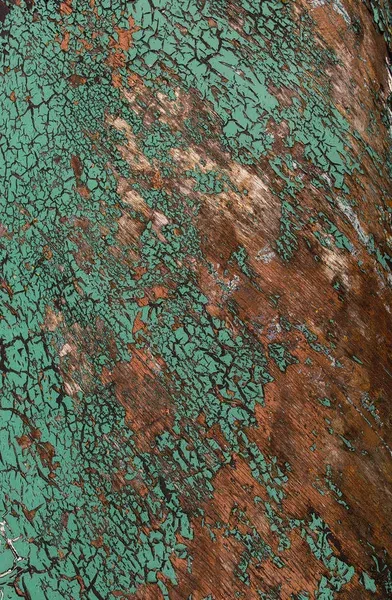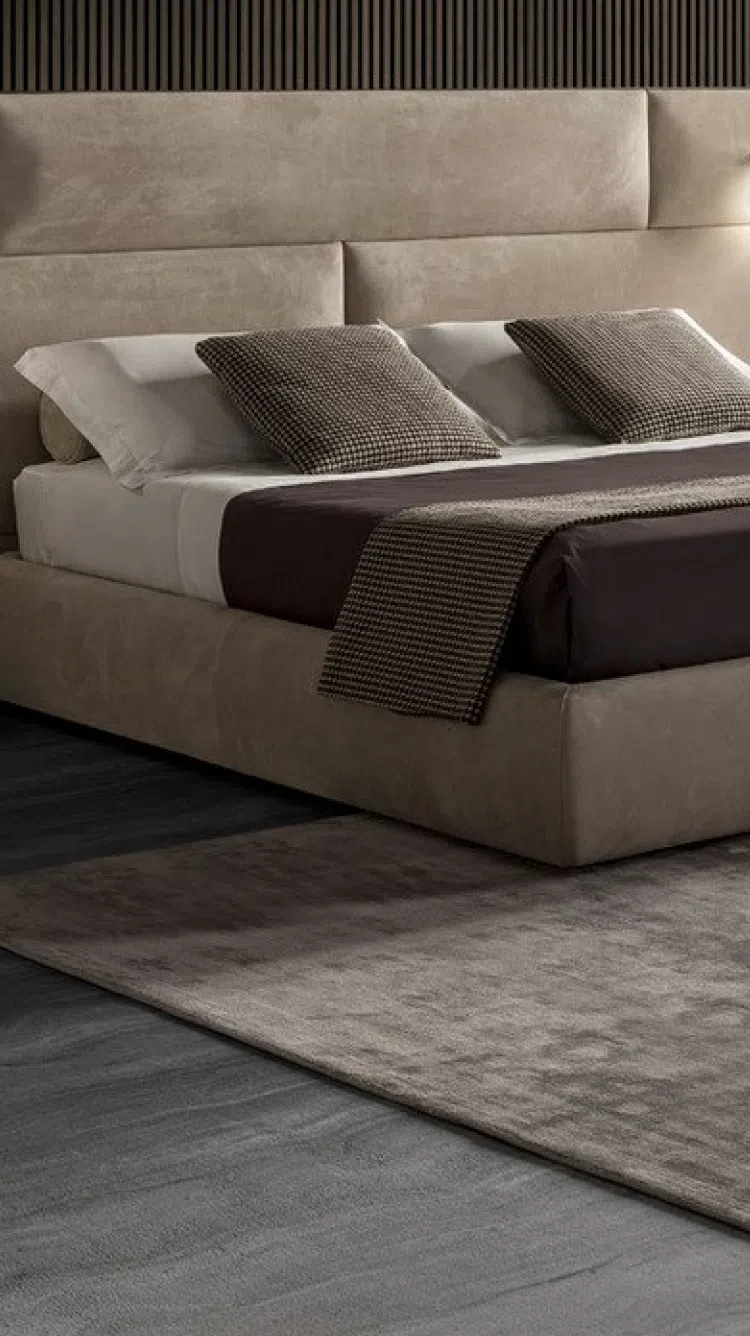
For furniture, patina is the change that occurs on the surface over time due to a combination of factors such as aging, wear, exposure to sunlight, and the buildup of dirt and oils from human contact. Here's how patina can develop on different materials:
Wood: Over time, wooden furniture can develop a patina that is often considered desirable. This is usually a soft sheen that develops as the result of the wood being polished over the years, sometimes enhanced by the accumulation of waxes and oils. The color of the wood might deepen or change subtly, showing off the grain and giving the piece character.
Leather: High-quality leather furniture often ages gracefully, developing a patina that is rich and warm. This occurs as oils from the skin are absorbed, sunlight alters the color, and daily use creates variations in the texture. A well-aged piece of leather furniture may have a soft sheen and a slightly mottled appearance that suggests comfort and luxury.
Metal: On metals, patina can be either a naturally occurring or artificially induced tarnish that forms on the surface. With copper and bronze, for example, the patina can be a layer of greenish-blue carbonate or sulfate that forms over time from exposure to the elements. On silver, a patina usually manifests as a yellowish or blackish tarnish.
A patina is typically associated with quality and authenticity and is often sought after in antiques because it suggests a history and craftsmanship that cannot be replicated easily. It’s important to note that not all changes to the surface of materials are considered patina; for instance, damage or random defacement is not patina. Patina is a natural or well-incorporated development that adds to the aesthetics and story of the piece.
When creating new furniture, some makers may try to accelerate or mimic the natural aging process to give the piece a certain old-world charm or character that would typically take years to achieve. This is known as a “distressed” look, which can often be found in both wooden and leather products.
Maintaining the patina on furniture usually involves regular but gentle cleaning, using appropriate oils or waxes if applicable, and avoiding harsh chemicals that can strip away the developed surface character. Preservation of patina is particularly important in antiques, where the patina not only contributes to the beauty of the piece but can also significantly enhance its value.


